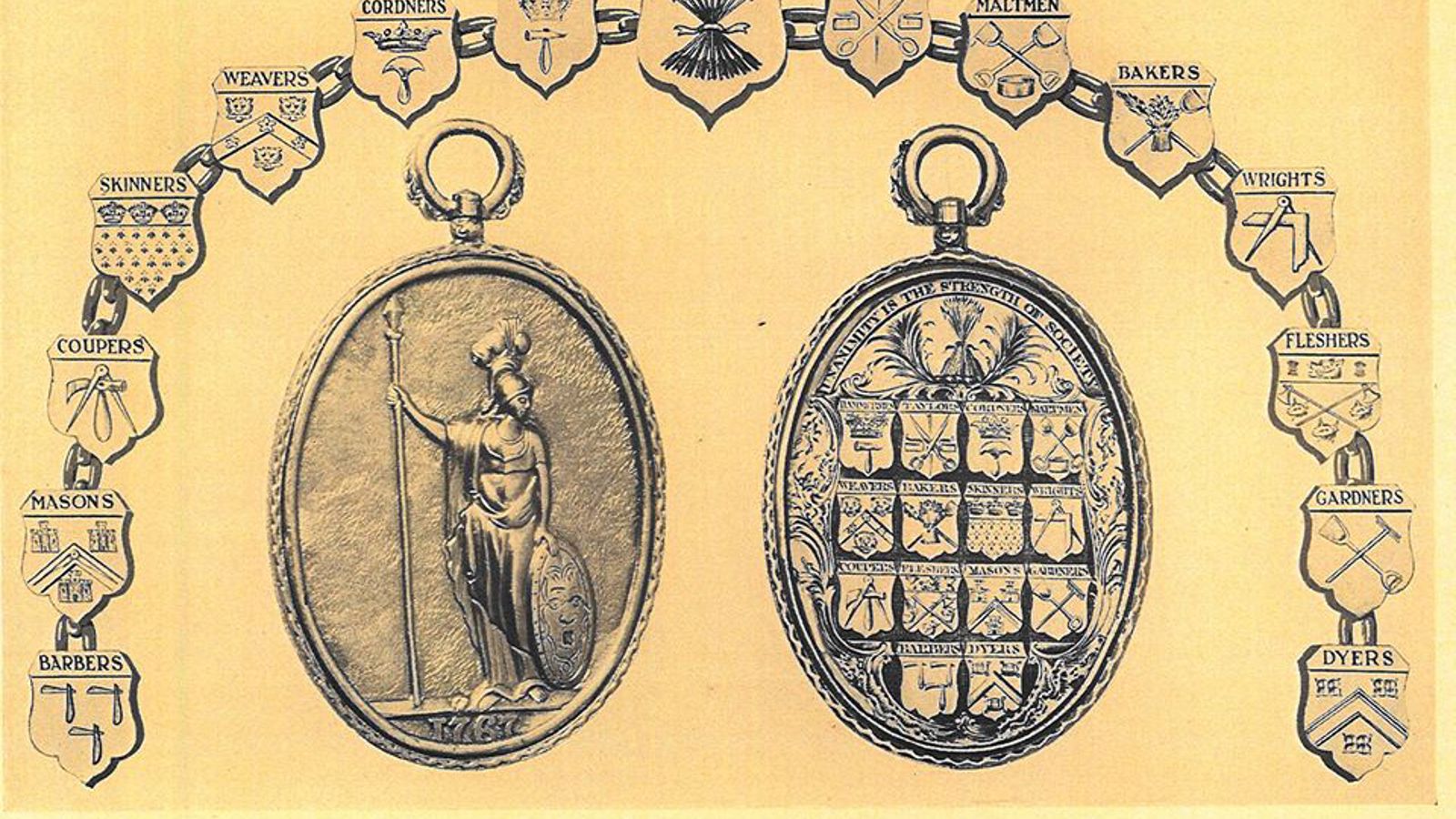Ask the Archivist - Merchants and crafts

Our next topic was an important one in the history of the city: merchants and craftsmen. The Q&A is below. You can also read a feature about these wonderful records in the Glasgow Times.
Q1: What role did merchants and craftsmen play in Glasgow’s history?
There was tension between the merchants and craftsmen with frequent battles for influence over the town council. It was resolved in 1605 with the Letter of Guildry, which established a constitution for both a Merchants and Trades House, laying down their formal role in the Council. Their political privileges were removed in 1833. Their ancient exclusive trading rights were abolished in 1846. They had always had a charitable role and this became their main activity from 1833. Although, the Dean of Guild (Head of Merchants House) remained an ex-officio member of the Town Council until 1975.
Q2: Does the Letter of Guildry still exist?
The City Archives has a ‘contemporary’ copy plus various later copies and transcripts within its merchant and trades collections.
Q3: What role did merchants play in Glasgow’s growth?
Glasgow’s growth in wealth was the result of its merchants’ trade in tobacco and sugar in the 17th-18th century. It was then it became the international centre for the tobacco trade. The tobacco and sugar trades were largely dependent on slave labour rica and the West Indies. They used their wealth to build great houses in the city and country houses in outlying areas. Many merchants were members of the Council; some were Provosts.
Q4: I know my ancestor’s occupation - why can't I find it listed as one of the crafts?
Sometimes the crafts encompass many occupations. For instance the Incorporation of Hammermen include occupations which used a hammer, e.g. blacksmith. Similarly the Incorporation of Cordiners includes occupations which used leather.
Q5: My ancestor’s occupation was in one of the craft areas - why can't I find him in the Incorporation records?
In the middle ages, craftsmen organised themselves to regulate who could work at each craft to control numbers, but also to exclude people calling themselves craftsmen but without the requisite skills. Those eligible tended to be journeymen, i.e. fully trained, leaving the vast majority ineligible for membership.
Q6: What kind of records would help me identify my ancestor?
The records include: minutes, mostly dating from their inception; membership lists; financial records, including membership fees, donations to poor members or other charitable giving; educational endowments, including Allan Glen's school, and apprenticeships.

